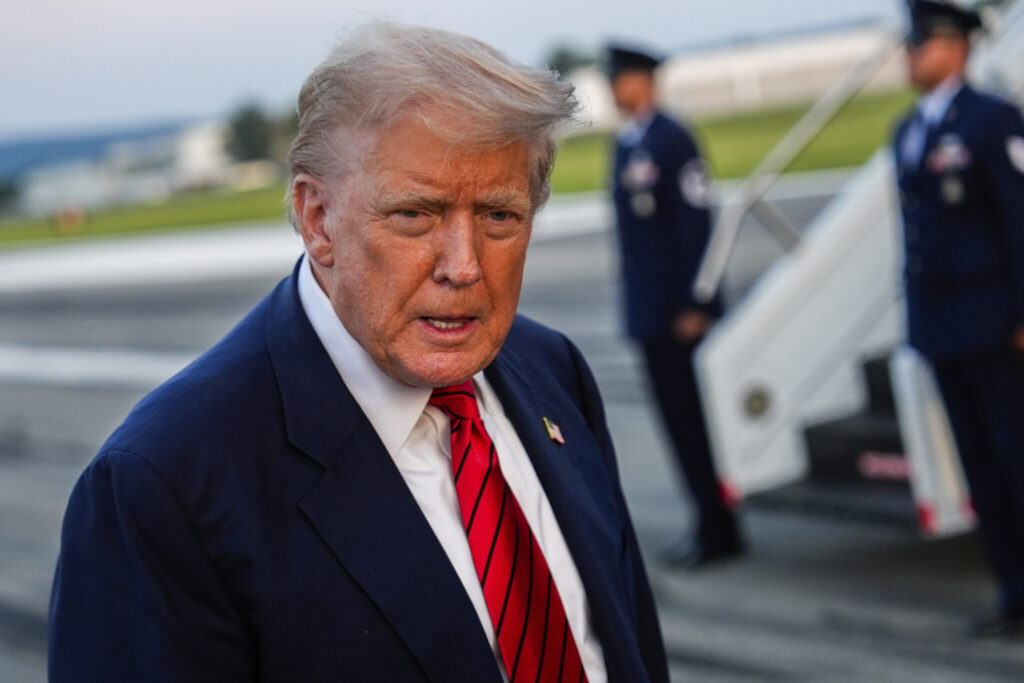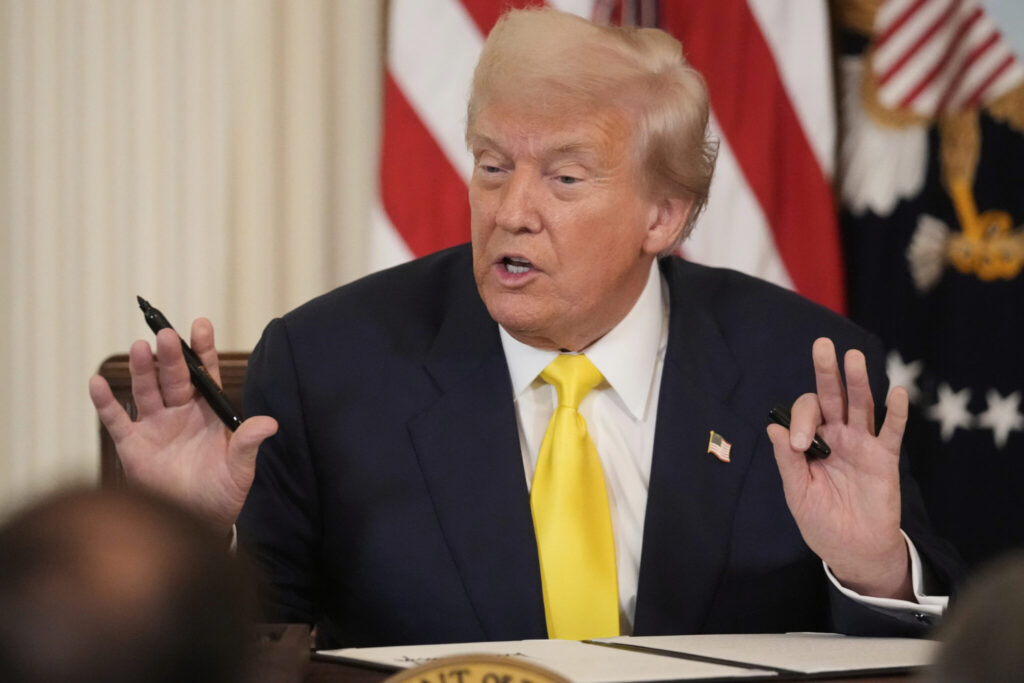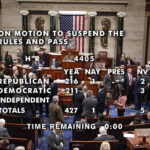Trump Orders Colleges to Prove Race-Neutral Admissions Policies/ Newslooks/ WASHINGTON/ J. Mansour/ Morning Edition/ President Donald Trump signed a directive Thursday requiring U.S. colleges to submit detailed data proving they do not consider race in admissions decisions. The order follows the 2023 Supreme Court ruling that banned affirmative action but allowed applicants to discuss how race shaped their lives. The move intensifies the administration’s push against elite universities accused by conservatives of skirting the high court’s decision.

Key Takeaways
- New mandate: Colleges must submit admissions data showing no race-based decisions.
- Supreme Court backdrop: 2023 ruling barred affirmative action but allowed race-related personal essays.
- Trump’s claim: Schools still using “hidden racial proxies” like diversity statements.
- Enforcement: Education Secretary Linda McMahon empowered to act under Title IV if schools fail to comply.
- Criticism: Higher ed leaders doubt the order’s practical effect due to existing federal limits.
- Data challenge: Many students decline to report race after enrolling, making full transparency difficult.
- Mixed diversity results: Some elite schools saw steep drops in Black enrollment post-ruling, others barely changed.
- Past state bans: California and Michigan data show diversity drops after affirmative action ended.
Trump Orders Colleges to Prove Race-Neutral Admissions Policies
Deep Look
President Donald Trump issued an executive directive Thursday requiring every U.S. college and university to prove that race plays no role in their admissions process. Schools will have to turn over data to the federal government detailing the demographics, grades, and test scores of applicants, admitted students, and enrolled students.
The move comes two years after the Supreme Court’s 2023 decision striking down affirmative action in college admissions. That ruling forbade explicit consideration of race but allowed applicants to share personal stories about how race affected their lives — language that critics say created a loophole.
Trump, in a memorandum, accused colleges of using personal statements and “racial proxies” to maintain race-conscious admissions.
“The persistent lack of available data — paired with the rampant use of ‘diversity statements’ and other overt and hidden racial proxies — continues to raise concerns about whether race is actually used in admissions decisions,” Trump’s memo stated.
How It Will Work
The Education Department announced that the National Center for Education Statistics will collect expanded data, including the race and sex of applicants, admitted students, and enrolled students.
Education Secretary Linda McMahon is authorized to enforce compliance under Title IV of the Higher Education Act, which governs institutions receiving federal student aid.
Colleges failing to provide timely, accurate, and complete data could face penalties.
However, higher education officials question the impact. Federal law already bars asking an applicant’s race during admissions; schools can only collect that data after enrollment, and disclosure is optional.
“Ultimately, will it mean anything? Probably not,” said Jon Fansmith of the American Council on Education. “But it continues the rhetoric that some students are being preferred at others’ expense.”
Mixed Outcomes on Campus Diversity
The first admissions cycle after the Supreme Court ruling produced no uniform pattern.
- Steep drops in Black enrollment: MIT, Amherst College
- Minimal changes: Yale, Princeton, University of Virginia
Many schools added extra essay prompts to explore applicants’ backgrounds, aligning with Chief Justice John Roberts’ opinion that such discussions are permissible when tied to personal qualities or abilities.
State-Level Lessons
California:
- Ban began in 1996; Black and Hispanic enrollment halved at Berkeley and UCLA within two years.
- UC system spent $500+ million on outreach to low-income and first-generation students.
- Adopted a “Top 9%” plan guaranteeing admission to top students from every high school.
- Hispanic enrollment: 20% at UCLA and Berkeley vs. 53% of California high school graduates.
- Black enrollment: 4% at Berkeley, down from 1996 levels.
Michigan:
- Voters banned affirmative action in 2006.
- University of Michigan expanded outreach to low-income students, sent counselors to underserved high schools, and offered full scholarships to qualifying state residents.
- Black enrollment dropped from 8% in 2006 to 4% in 2025.
- Hispanic enrollment has risen but remains below proportional representation.
The Bigger Political Picture
Trump’s order mirrors elements of recent settlement agreements with Brown and Columbia Universities, which required detailed demographic reporting and federal audits in exchange for restoring federal research funding.
The move also keeps up pressure on elite institutions, long targeted by Republicans as left-leaning strongholds.
Supporters say it will increase transparency and ensure fairness; critics see it as political theater with limited legal bite.







